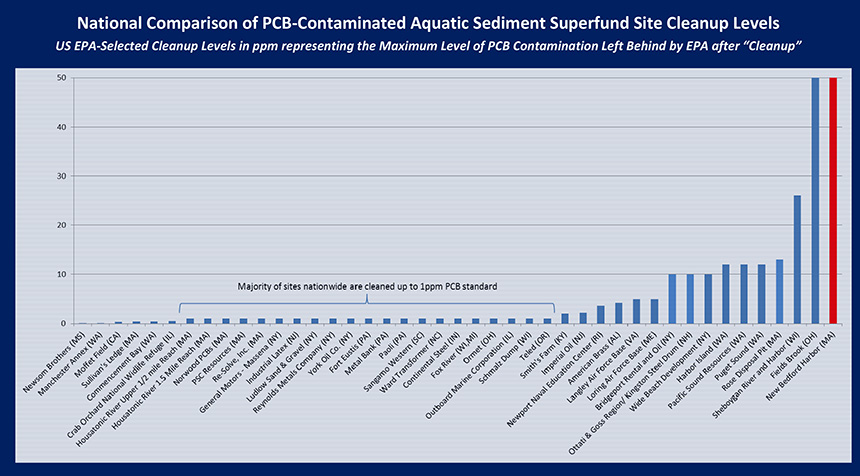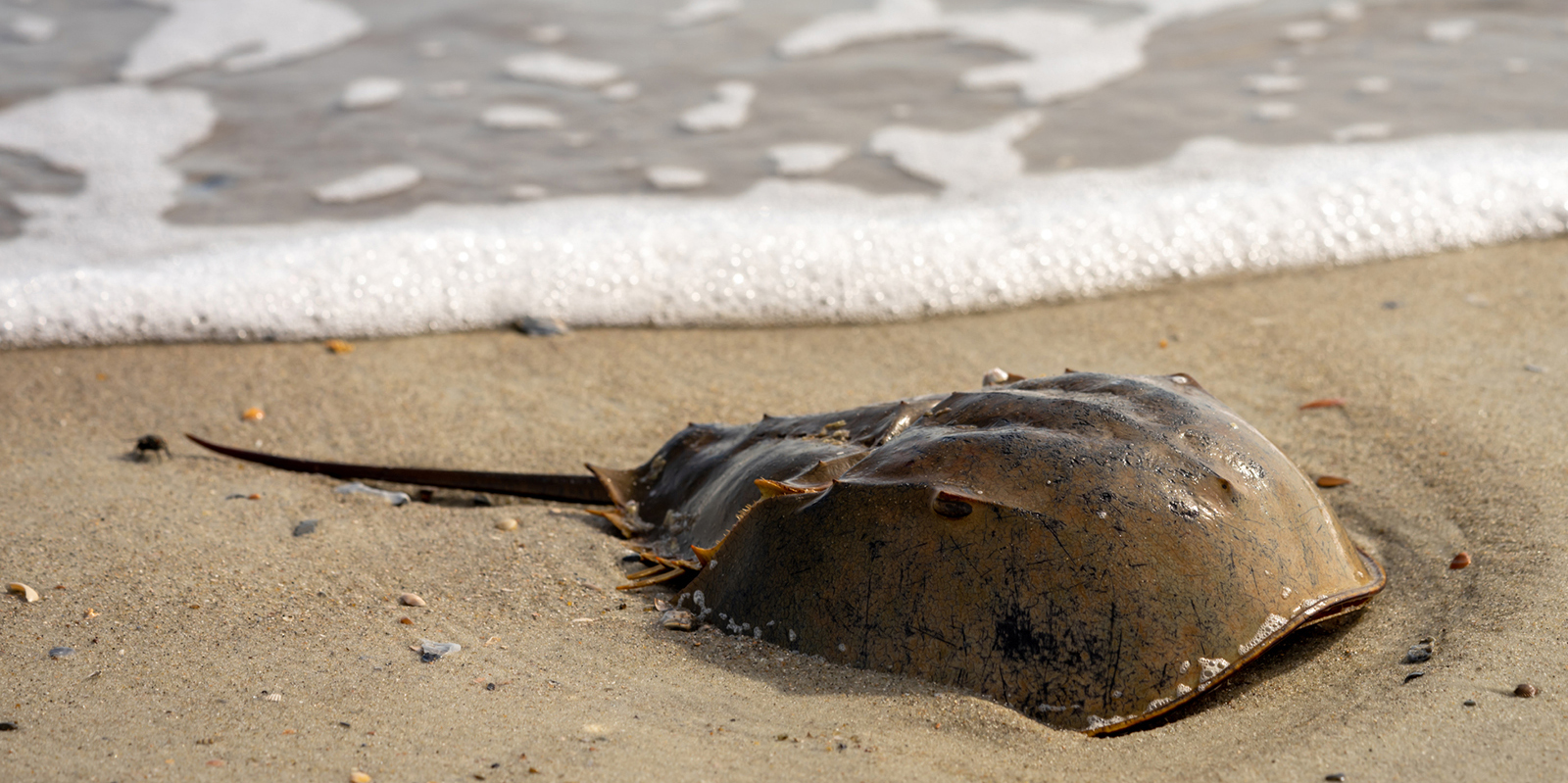EPA Changes Plan for New Bedford Harbor Cleanup
Buzzards Bay Coalition still concerned agency leaving too much toxic PCB pollution behind
May 11, 2015
NEW BEDFORD, Mass. — The city recently got some good news regarding the cleanup of one of the most contaminated marine Superfund sites in the country. At a meeting late last month, the Environmental Protection Agency (EPA) said it would abandon its plan to bury contaminated sediment along the shoreline in bulkheaded cells called confined disposal facilities and will instead dispose of the material out of state.
For the past four years, the Hands Across the River Coalition, the Buzzards Bay Coalition and local officials have been advocating for the best possible cleanup for the PCB-polluted harbor, steering the EPA away from cost-cutting decisions such as confined disposal facilities (CDFs) and upper harbor confined aquatic disposal (CAD) cells that would keep contamination in the harbor instead of disposing of it off-site.
The EPA was even challenged in court on its $366 million clean-up settlement with AVX Corp., the company bearing the most responsibility for New Bedford Harbor’s contamination. That settlement will fund about 90 percent of the cleanup, according to the EPA. The suit filed against the EPA claimed the federal agency wasn’t providing enough money to fully clean up the harbor.
The EPA has been cleaning up New Bedford Harbor for decades, because of the industrial release of polychlorinated biphenyl (PCB) for some 35 years, from 1940-1975.

“There were significant and direct discharges of PCBs into the north end of the harbor until PCBs were banned,” Ginny Lombardo, EPA team leader for the New Bedford Harbor Superfund site, said during an April 8 talk at the New Bedford Whaling Museum. “This ecosystem was severely degraded by PCBs. The solution is to remove the PCBs.”
The EPA has been dredging the site since 2004, removing about 250,000 cubic yards of contaminated sediment. Another 650,000 cubic yards needs to be removed for the site to be considered remediated, according to Lombardo.
Instead of burying much of that heavily PCB-contaminated sediment from the upper harbor in CDFs or CAD cells, the EPA will now ship the material, by rail or truck, to a special disposal facility in Michigan — a process Lombardo called “very expensive.”
Opponents had been arguing that these clean-up methods would permanently leave behind high levels of cancer-causing PCBs in the most contaminated part of the harbor — a place, they said, where thousands of people live, work and play.
“Because of our strong advocacy, EPA is getting rid of the majority of PCBs from New Bedford Harbor,” Buzzards Bay Coalition President Mark Rasmussen said following the April 23 meeting. “By raising our voices, the community can influence the direction of this cleanup so future generations can inherit a safe, clean harbor.”
Concerns, however, still linger. In some parts of the harbor, the EPA is planning to leave behind 50 times more toxic pollution than it has in similar waterway cleanups in other parts of the country, according to the Buzzards Bay Coalition.
“We’re relieved that the EPA is properly disposing of what they’re scooping up from the bottom of the upper harbor,” Rasmussen said. “But the fact remains that they’re still leaving too much toxic pollution behind. If this cleanup goes forward as planned, the entire harbor will still be off-limits to fishing and shellfishing.”
Categories
Join the Discussion
View CommentsRecent Comments
Leave a Reply
Your support keeps our reporters on the environmental beat.
Reader support is at the core of our nonprofit news model. Together, we can keep the environment in the headlines.
We use cookies to improve your experience and deliver personalized content. View Cookie Settings




I am originally from Michigan and all of my family still lives in Michigan Where in Michigan is this stuff being sent? How can Michigan residents tract what is coming in and what is going to happen to it?